Stiamo aggiornando il nostro sito.
Grazie per la pazienza, saremo di nuovo online a breve
We’re updating our website.
Thanks for your patience, we’ll be back online shortly


Stiamo aggiornando il nostro sito.
Grazie per la pazienza, saremo di nuovo online a breve
We’re updating our website.
Thanks for your patience, we’ll be back online shortly
